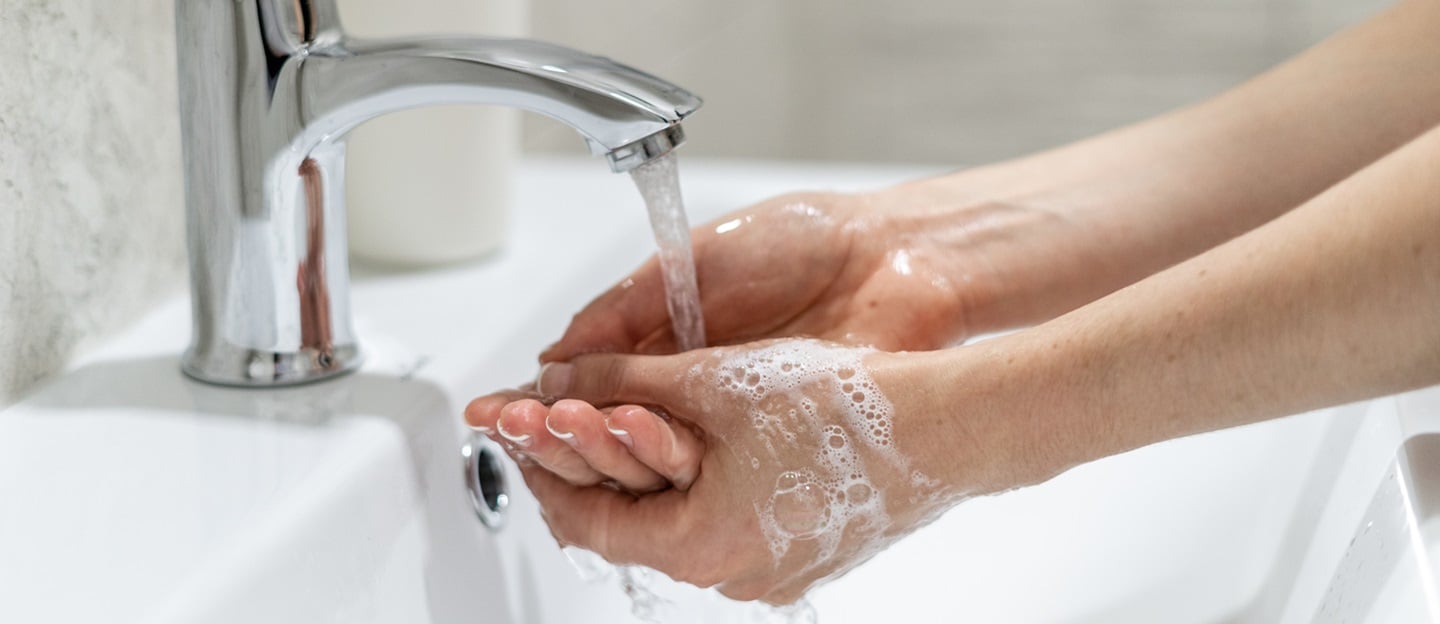How to make your home comfort greener
Can you improve your home comfort in a sustainable and greener way? Find out how.
HOW TO MAKE YOUR HOME COMFORT GREENER
In recent years, our habits have changed a great deal, and thanks in part to the increased prevalence of smart working, the amount of time we spend at home has increased. At the same time, however, this has also increased our impact on the planet, as well as the costs we face for our own home comfort.
First of all, it should be remembered that the term "home comfort" refers precisely to the perceived well-being within a home.
Living within a comfortable and healthy environment can help improve the quality of life of the people living in it and reduce health risks, such as allergies or respiratory problems.
Consequently, it is important to understand what health risks can be affected by. Namely several factors, including temperature, humidity, air quality, and lighting.
In fact, to make home comfort greener, it is important to consider aspects such as building thermal insulation, the energy efficiency of heating and air conditioning systems, humidity management, and the choice of materials and furnishings that respect the health of the environment and people.
Is it possible to make the home environment more sustainable? Why should we do it?
Taking action to make your home greener is a great way to reduce your carbon footprint and energy bills. Here are some tips for making home comfort greener.
• Choose renewable sources to generate clean energy for the home.
Installing, for example, solar thermal panels to heat your home can cut emissions, decrease costs, and reduce your carbon footprint.
• Check the level of insulation in the home.
Insulating your home as well as possible can help keep your home comfortable year-round while reducing the amount of energy needed to heat or cool your home.
• Use increasingly smart solutions.
Choosing a smart thermostat can reduce energy consumption by adjusting heating and cooling settings accordingly, even from a distance.
• Replace high-power lighting with energy-efficient alternatives.
Switching to energy-efficient LED bulbs can help reduce energy consumption and save you money on your utility bill.
• Buy energy-efficient appliances.
It is important to consider the energy consumption of home appliances before purchasing them and, also important, use them efficiently to reduce costs and environmental impact.
The awareness of the urgency to take action even on household consumption to reduce environmental impact is growing, so much so that even institutions are increasingly supporting these interventions through funding and incentives.
Consuming less to make the home greener
As we have seen, one of the best ways to optimize consumption is to carefully choose which appliances to buy. In fact, their energy class can make a difference in everyday costs.
For real energy savings, the best practice is to buy appliances of an energy class of A or higher, which are the types with the highest efficiency.
Although these tend to be more expensive in comparison to other appliances, they are a definite investment. In the long run, their energy efficiency is greatly balanced with the consequent savings in utility bills.
Obsolete technology is not good for the planet
While choosing green appliances and technologies is a key step in creating a more sustainable home environment, there are certain risks involved.
Chief among these is that of obsolete technology. What this means is that there is an increasing tendency for technological devices (from smartphones to home automation systems) to become increasingly obsolete, meaning outdated or no longer useful, due to the rapid pace of technological advances. Although technological progress has brought many benefits to humankind, tech obsolescence can have a negative impact on the environment for several reasons.
The most burdensome consequence is the depletion of resources, as the production of new technologies, requires the extraction of more and more raw materials, which of course are not infinite, and consequently, bring about the destruction of ecosystems.
Another important consequence is that resulting from the production of more waste, also known as e-waste in this specific case, a growing problem is the challenge and difficult nature of disposing of these obsolete technologies. When old technology is discarded, it often ends up in landfills, where it can release toxic chemicals into the environment and contaminate soil and water.
Finally, we cannot fail to mention the economic aspect: putting consumers in the situation of necessarily having to buy new devices more frequently generates increased consumption and, as mentioned earlier, waste.
To address these problems, it is important to adopt sustainable practices that reduce the environmental impact of technology, such as recycling and reusing old devices, designing products that last longer and are easier to repair, and using renewable energy sources to power technology.
By doing so, you can reduce your carbon footprint and help create a more sustainable future for the planet.





